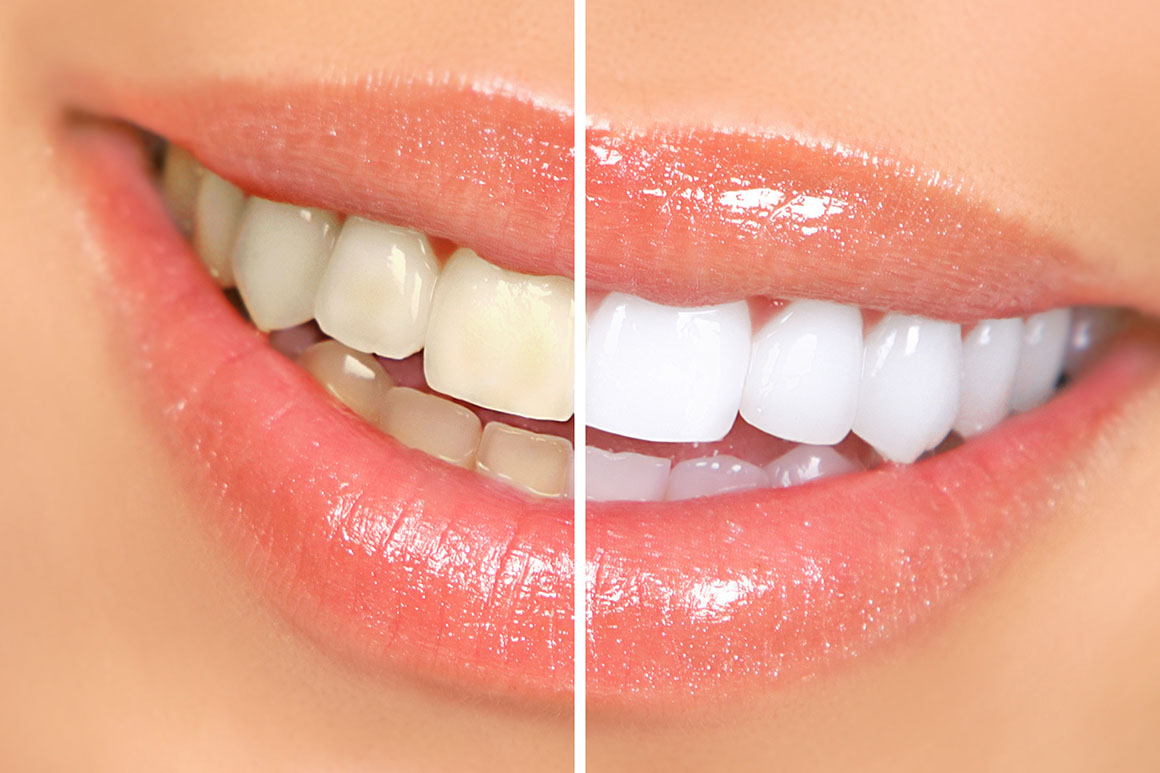“Your smile is often the first thing people notice about you, and for good reason. A bright, white smile can communicate friendliness to strangers, confidence to peers, and professionality to colleagues. In this blog post, we’ll explore everything you need to know about teeth whitening, from at-home treatments to professional procedures, and the best tips for maintaining your results.”
First, shall we look at what causes teeth discoloration?
“Teeth discoloration can result from several factors, including:
Food and Drink: Coffee, tea, red wine, and certain fruits (such as raspberries, blueberries, etc.).
Tobacco Use: Smoking or chewing tobacco can cause significant staining due to the levels of nicotine and tar naturally present in the plant. Tar will add a brown tinge to the teeth while nicotine reacts with oxygen to cause yellowing.
Poor Dental Hygiene: We know this is the most obvious, but inadequate brushing and flossing can lead to plaque buildup and discoloration.
Medications: Some medications can cause teeth to darken.
Aging: As you age, the outer layer of enamel wears away, revealing the yellow dentin beneath.”
Now let’s talk about types of teeth whitening!
At-Home Whitening
Over-the-Counter Products:
“Over-the-counter products like whitening strips and gels offer convenience and can be effective for mild staining. Natural remedies such as baking soda and hydrogen peroxide are also popular, though their results may vary.”
– Whitening toothpaste is not something I commonly recommend, as this type of toothpaste can be very abrasive to the enamel layer of the tooth and can weaken your teeth after long term use.
– Whitening gels and pens I personally am not a fan of these products as your saliva tends to washout the material and it does not have the opportunity to do what it is supposed to. The best way of thinking of this is to imagine you have a rash on your skin and you are given an ointment to apply on the rash. If you continuously wipe the ointment off the rash, it will never do what it is supposed to in healing that rash.
– Whitening strips are a good (cheaper) option for the folks that would like to maintain a current color or make minor color adjustments, but I’ve personally found the downside to the whitening strips are the low concentration of hydrogen peroxide. This can cause patients to need longer or more often whitening sessions, in comparison to alternative methods.
– Whitening trays that are purchased over the counter are some of the more reliable at-home methods to try! As a side note, I’ve personally noticed that most complaints with this technique seem to stem from issues regarding unequal application once the trays are actually placed in the mouth. Patients would report the gel would “spill out” from the non-custom tray, leading to unequal bleaching and at times even injure the gums. If possible, consider a custom tray in order to best mitigate the risk of spotty whitening and injuring of the gums.




